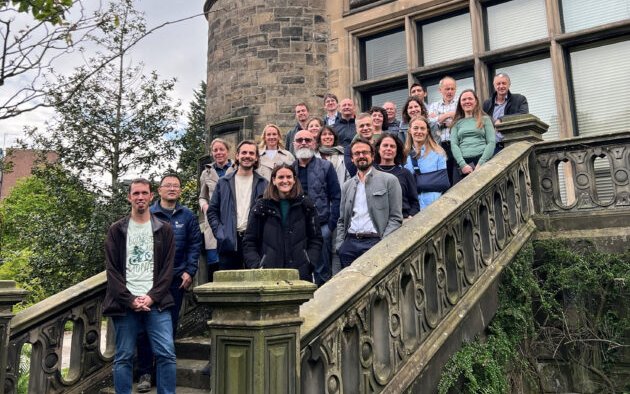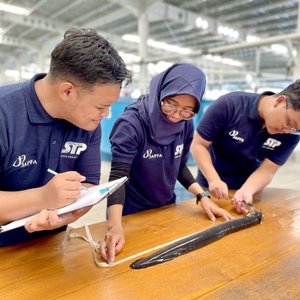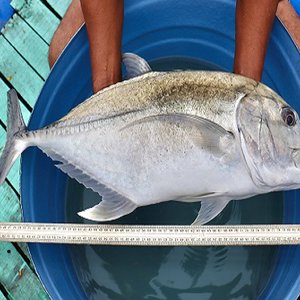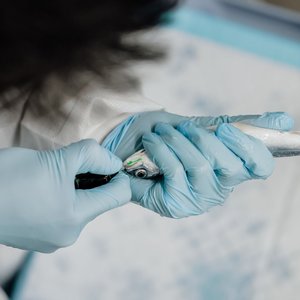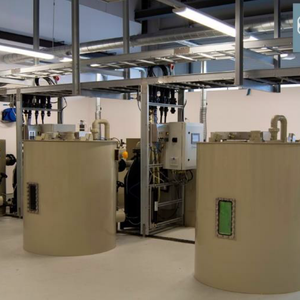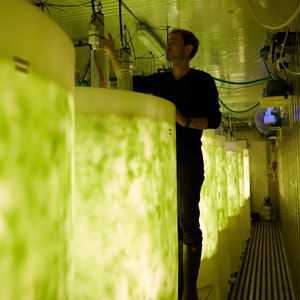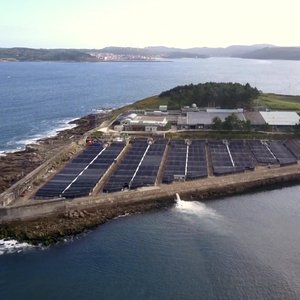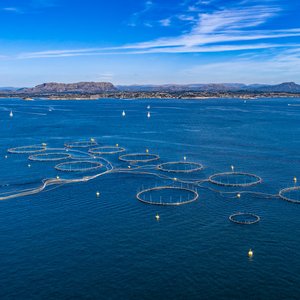While Atlantic salmon are highly susceptible to sea lice, coho salmon have an innate resistance to them. In coho salmon, the attachment of sea lice triggers localized swelling. However, there is minimal swelling in Atlantic salmon, and the outermost layer of their skin rapidly breaks down. Until now, the cell-level mechanisms underlying the differences in resistance between the species – which split from a common ancestor around 30 million years ago – have remained unknown.
An international team led by scientists at the Roslin Institute and Norwegian food science research institute Nofima analyzed the molecular and cellular mechanisms that underlie coho salmon’s sea lice resistance and compared this to the response in Atlantic salmon.
Genetic shield
After exposing both species to the parasites, researchers investigated the cell types and gene expression patterns of their responses by analyzing skin samples using a novel type of RNA sequencing that allows the characterization of gene expression of individual cells.
They found that, while both species mount similar immune and wound-healing responses, keratinocytes in the three outermost layers of coho salmon’s skin play a central role in their response to infection.
Their findings suggest that keratinocytes in the bottom layer direct the expansion and movement of cells in the middle and top layers, which can eventually encapsulate and expel the parasites. Findings also revealed that sea lice can weaken the immune system of Atlantic salmon.
By using gene editing, it could be possible to enhance Atlantic salmon’s sea lice resistance, by targeting genes that underly their susceptibility, and coho salmon’s resistance, to the parasites, the team says.
“We were able to pinpoint with unprecedented resolution the types of cells responsible for the skin swelling response used by Coho salmon to resist sea lice, as well as those cells targeted by sea lice in Atlantic salmon to weaken this host species. These insights pave the way for the development of transformative therapies to counter this devastating parasite,” said Sarah Salisbury, postdoctoral research fellow at Roslin Institute.
The study, published in the journal BMC Biology, was funded by the Norwegian seafood industry research fund, FHF, and BBSRC. It also involved researchers from the University of Stirling, University of Santiago de Compostela, Spain, University of Prince Edward Island, Canada, Deakin University, Australia, and Benchmark Genetics.
Reference:


